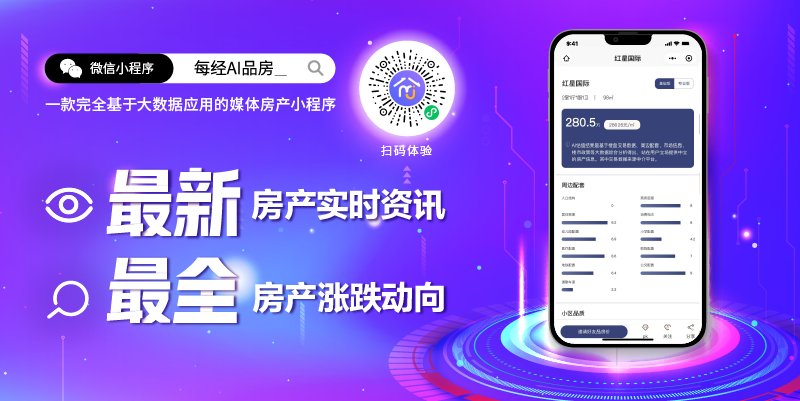On February 4, the Beijing 2022 Winter Olympics will officially open. “Green Winter Olympics” is the main concept of this Winter Olympics. Previously, the Beijing Winter Olympics Organizing Committee also released the “Beijing 2022 Winter Olympics and Winter Paralympics Low-Carbon Management Work Plan”, which identified 18 carbon emission reduction projects. measures and 4 “carbon neutral” measures.
The Winter Olympics have become a showcase for all kinds of clean energy. In the 2008 Olympic Games, it vigorously promoted the development of lithium battery electric vehicles (including electric buses, etc.). Compared with the Summer Olympics, a large number of competition venues in the Winter Olympics are located in cold environments such as high mountains, which brings great challenges to lithium-ion new energy vehicles. At this Winter Olympics, hydrogen fuel cell vehicles have become the “new darling”. It is understood that both the Olympic torch and the vehicles that transport the torch use hydrogen fuel as power. According to the data released by the Beijing Winter Olympics Organizing Committee, the Beijing Winter Olympics will demonstrate the operation of more than 1,000 hydrogen energy vehicles (that is, hydrogen fuel cell vehicles), equipped with more than 30 hydrogen refueling stations.
Hydrogen cars at the Winter Olympics
Toyota Motor Corporation (hereinafter referred to as Toyota) is a benchmark for hydrogen fuel cell vehicles, and Toyota is also a sponsor of the Beijing Winter Olympics and Winter Paralympics. The Beijing Winter Olympics Organizing Committee has raised a total of 4,090 vehicles of various types. According to the official WeChat account of FAW Toyota, on November 12, 2021, the Beijing Winter Olympics Organizing Committee and Toyota will hold a delivery ceremony for event service vehicles. Toyota will provide services for the Winter Olympics and the Winter Paralympics. A total of more than 2,200 event service vehicles will be provided. Among them, there are two hydrogen fuel cell models, namely MIRAI II (sedan) and Costa hydrogen engine (bus).
However, Toyota did not say whether all of the more than 2,200 event service vehicles are hydrogen fuel cell vehicles. According to the official statistics of the Beijing Winter Olympics Organizing Committee, among the transportation service vehicles for the Winter Olympics, energy-saving and clean energy vehicles accounted for 100% of the passenger cars and 85.84% of the total vehicles, the highest in the previous Winter Olympics.
In addition, Toyota also joined hands with Yihuatong and Beiqi Foton to provide more than 200 FC (hydrogen fuel) buses for the Beijing Winter Olympics. It is worth mentioning that in June 2021, Toyota and Yihuatong jointly invested in the establishment of Huafeng Fuel Cell Co., Ltd. with a total investment of about 8 billion yen, and each party holds 50% of the shares. The company aims to popularize FCEVs (hydrogen fuel cell vehicles) by producing and selling “fuel cell systems developed by United Fuel Cell System R&D (Beijing) Co., Ltd.”
The United Fuel Cell System R&D (Beijing) Co., Ltd. was established in August 2020. It was registered and established with a joint investment of 1.67 billion yen by Toyota, Yihuatong, FAW, GAC, Dongfeng Motor, and BAIC. Cooperate with major OEMs and Yihuatong to develop components and fuel cell systems. Among them, Toyota holds 65%, Yihuatong holds 15%, and FAW, GAC, Dongfeng Motor, and BAIC all hold 5%.
In fact, Beiqi Foton not only uses the fuel cell systems of Toyota and Yihuatong, but also uses hydrogen energy buses under the “Hiteng” brand of State Power Investment Group Hydrogen Energy Technology Development Co., Ltd. (hereinafter referred to as State Power Investment Hydrogen Energy Company). On October 21, 2021, 30 hydrogen buses equipped with the “Hydrogen” fuel cell system were officially delivered at Beiqi Foton Park.
Not only Beiqi Foton, but also the “first brother” Yutong of the bus is also using domestic powertrains. On December 15, 30 Yutong hydrogen energy buses equipped with the “Hydrogen” fuel cell system were officially delivered to Hydrogen Power Technology Service Co., Ltd. to provide green transportation guarantee for the Winter Olympics in Yanqing.
The official WeChat account of State Power Investment Hydrogen Energy Company shows that Beiqi Foton and Yutong use “Hiteng FCS80 fuel cell system”. The rated power of this product’s stack is 115KW. Require. In addition, the fuel cell system has achieved full autonomy at the material level.
Dr. Chai Maorong, Chief Technology Officer of State Power Investment Hydrogen Energy Company, said: “Now the (hydrogen fuel cell) technology is mature, the biggest problem in China is that the material is not available. The fuel cell is similar to a chip, and the catalyst is equivalent to the target in the chip. The (exchange) membrane is equivalent to the photoresist in the chip. We (State Power Investment Hydrogen Energy) start with catalysts and conquer them one by one.” It is reported that State Power Investment Hydrogen Energy Company has realized catalysts, proton exchange membranes, carbon paper, membranes Complete production process and mass production technology for electrodes and stack assembly.
Why choose hydrogen energy?
On January 28, the Beijing Winter Olympics Organizing Committee released the “Beijing Winter Olympics Low-Carbon Management Report (Pre-competition)”, stating that it will promote electric vehicles and hydrogen fuel in each competition area in accordance with the principle of “using electricity in the plains and using hydrogen in the mountains”. battery car.
Why use hydrogen fuel cell vehicles in the mountains? Chai Maorong believes: “The Winter Olympics are different from the Summer Olympics. More than 70% of the events are in the mountains. Whether it is Chongli in Zhangjiakou or Haituo Mountain in Yanqing, the temperature on the mountain is below minus 20 degrees. , Basically, no electric car can climb up, because electric cars can’t work at minus 20 degrees. In addition, the Yanqing competition area has an altitude difference of 1,500 meters from bottom to top. It is also a test for the climbing ability of lithium battery electric vehicles. Compared with flat ground, the power consumption of climbing is much higher.”
Qiu Chen, vice president of China Light Power Investment Management Co., Ltd., told the “Daily Economic News” reporter: “The electrolyte will be frozen at low temperatures, and theoretically (lithium battery electric vehicles) cannot be used below zero. Major manufacturers In the process of solving this problem, the method used is the same. That is, in the process of charging, when the charging pile is connected to the car end, part of the energy is used to heat the battery pack to restore its activity. If the temperature reaches minus zero 20 degrees, it is completely useless. The (lithium) battery can’t use all the energy for heating, the car is for running, not as a warm baby.”
Since hydrogen fuel cell vehicles are superior to lithium battery electric vehicles in many fields such as battery life and low temperature environment, will this industry accelerate its development with the help of the Beijing Winter Olympics? In this regard, Chai Maorong said: “There will be a small climax, but it is still a little early. China’s industrial chain has not been opened yet. Except for our production line, basically few companies have production lines, and it will take two to three years. Time to increase production capacity. At present, it is like the lithium battery industry around 2010 and 2011. Even if you wanted to, there was not so much production capacity at that time. Therefore, it may take about three years before (the hydrogen fuel cell industry) really ushered in the outbreak period. “
Source of cover image: Visual China-VCG211125895101

